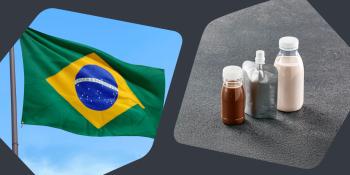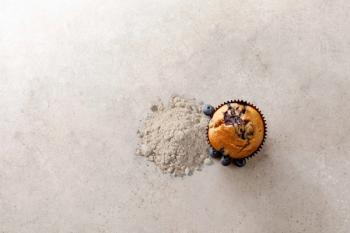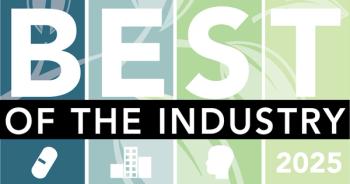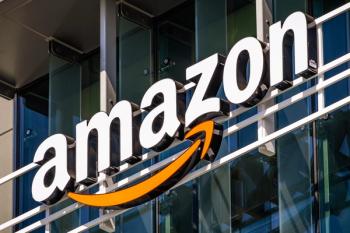
|Slideshows|December 15, 2016
- Nutritional Outlook Vol. 19 No. 10
- Volume 19
- Issue 10
2016 Dietary Supplement Mergers & Acquisitions' Driving Forces
Author(s)Kimberly J. Decker
Strong investment from China and private equity drove 2016’s health & wellness M&As.
Advertisement
Articles in this issue
almost 9 years ago
Energy Drink Trends: Less Sugar, Clean Label, Natural, and Morealmost 9 years ago
Are Meat-Free Ingredients Good Enough to Win over Flexitarians?about 9 years ago
New Ways to Repurpose Ingredient, Food Wasteabout 9 years ago
Nutritional Outlook's 2016 Best of the Industry Award Winnersabout 9 years ago
5 Ways to Make a Superfruit SuccessfulNewsletter
From ingredient science to consumer trends, get the intel you need to stay competitive in the nutrition space—subscribe now to Nutritional Outlook.
Advertisement
Advertisement
Advertisement
Trending on Nutritional Outlook - Supplement, Food & Beverage Manufacturing Trends
1
Artemis International: 30 Years of Science-Backed Berry and Botanical Innovation
2
Certifications, Clinical Trials, and Consumer Trust: How SGS NutriSource Serves the Industry
3
Pycnogenol supplementation effective for lipedema symptom reduction, new clinical trial demonstrates
4
A Leader for the Times: NOW Health Group's Jim Emme on Thoughtful Leadership
5





